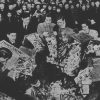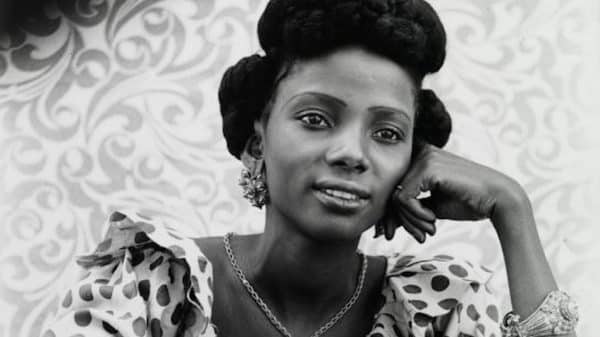My fascination with body art began at an early age when I accidentally caught a glimpse of my grandfather’s well-hidden bicep tattoo. Aside from the elegant design — a Sassanid cataphract that had turned green from years of exposure to the elements — I was drawn to it because I couldn’t understand how an Iranian man had managed to get a tattoo in a predominantly Muslim country. Years later, I discovered that body art was widely practiced in the pre-Islamic civilizations that lived in and around today’s North Africa and Middle East.
Remnants of the ancient tradition of tattooing in the Middle East are still visible in the surrounding area, most notably among the older Berber women of the Shawia region in northeastern Algeria and the Kurdish populations in parts of Syria, Turkey, Iraq, and Iran. The tattoos symbolize beauty, tribal allegiances, and protection from evil and envy (nazar). They also glorify an ancient tradition — gypsy tattoo artists and generations of daughters growing up in households with tattooed female relatives — that was widely practiced until the 1930-40s.
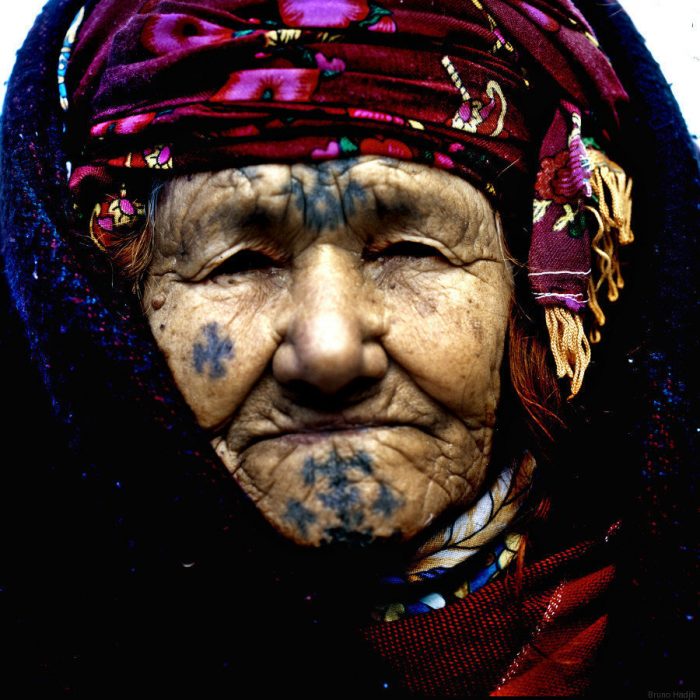
Photo: BRUNO HADJIH
In a fascinating interview, photojournalist Jodi Hilton documents how Kurdish women from Kobane feel about their facial tattoos, and in the process, captures the tumultuous relationship between pride and shame from a narrative perspective. According to Hilton, some of the women regret getting tattooed because body art is forbidden (haram) in Sunni Islam. Similarly, the Berber women in Zohra Bensemra’s photo essay have given away prized possessions in order to atone for their sin of receiving facial tattoos at a young age. But, there are also women in both samples who are proud of their tattoos. These women use narratives of personal choice, acceptance, and belonging to explain why they chose to get inked and reject all notions of punishment and sin. Hilton concludes by attributing the decline in popularity of facial tattoos among Kurdish women in the last half-century to factors such as the spread of mainstream Islamic beliefs and globalization.
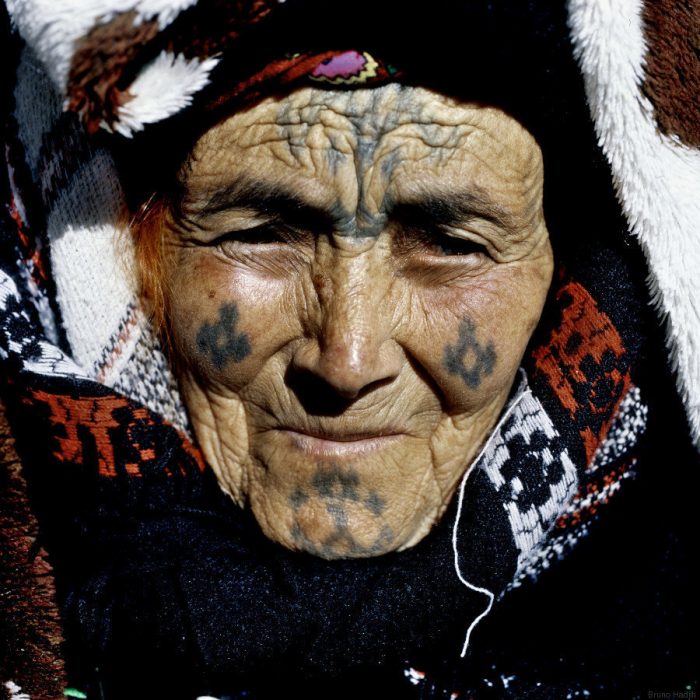
Photo: BRUNO HADJIH
So how exactly did these factors contribute to the decline of this ancient art form?
One theory is that religious institutions in North Africa and the Middle East, facing the threat of the secular-democratic model championed by Western powers at the time, imposed stricter religious interpretations and moral codes on individuals in an effort to uphold traditional values, leading some to fear divine retribution and recalibrate their religious beliefs. This is certainly a plausible explanation, given the Algerian opposition’s struggles throughout French colonial rule for an independent and Islamic Algerian identity. In some respects, Islamic scholars and preachers became the most powerful form of political opposition to local regimes before and after World War II, as evidenced by the role played by the likes of Ruhollah Khomeini in the Iranian revolution just a few decades later. Alternatively, late modernity and factors including urbanization, unemployment, and higher literacy rates may have finally forced this ancient tradition to go out of fashion, especially among the younger generation of Berber and Kurdish women.
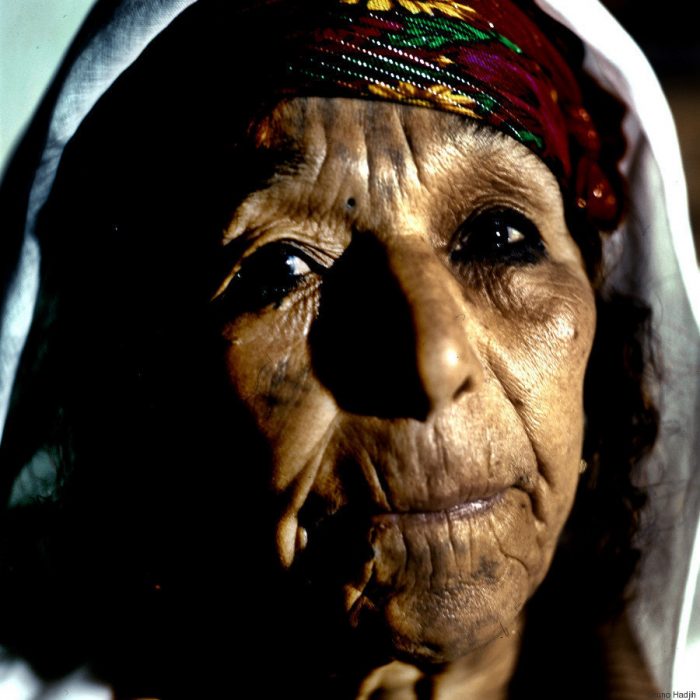
Photo: BRUNO HADJIH
Regardless of the historical reasons, the women’s stories help to illustrate the extent to which cultural narratives are tied to ethnoreligious heritage, personal values, and moral codes. They also raise important questions about how such narratives are negotiated with changing times and why social change compels individuals to reinterpret their past. Above all else, one thing is certain: the Kurdish and Berber women (and my grandfather) were no fools. Those who willingly got inked were proud of their body art when the social conditions of the time afforded them the freedom to be so. As the conditions changed, so did their beliefs regarding pride, shame, and salvation.
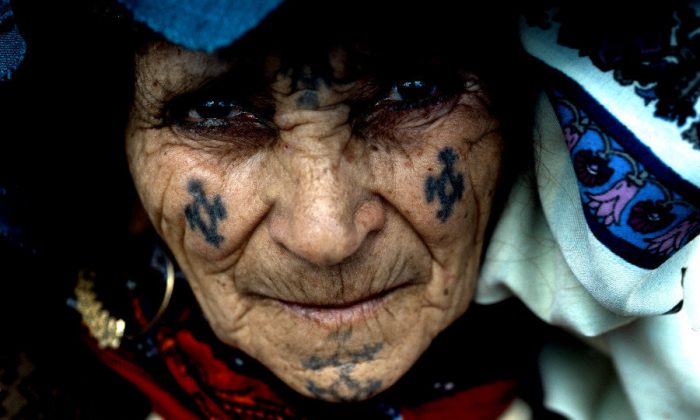
Photo: BRUNO HADJIH
*Many thanks to Bruno Hadjih for generously offering these photos for this article.





